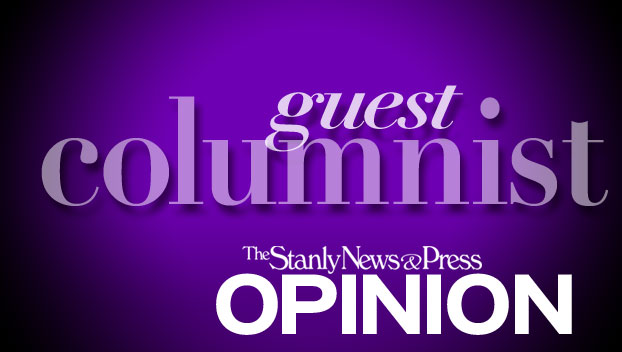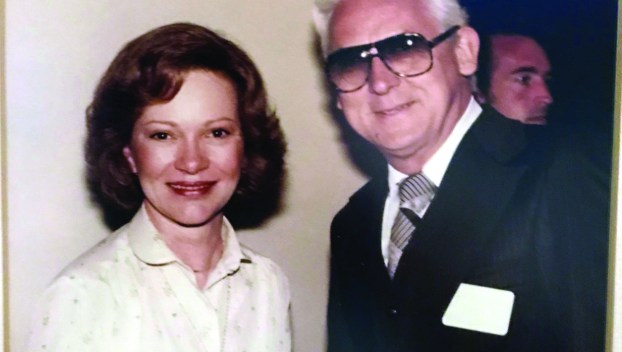
News
REMEMBERING A PRESIDENT: A look back at when Jimmy and Rosalynn Carter came to Stanly County
President Jimmy Carter, the longest living U.S. president, died Sunday at age 100. “It was sad to hear ... Read more

President Jimmy Carter, the longest living U.S. president, died Sunday at age 100. “It was sad to hear ... Read more

2024 is a big political year for the country. More so than in other years, decisions having national ... Read more

Alzheimer’s. Just the word scares you to death, doesn’t it? A little more than 10 years ago, I ... Read more

RALEIGH — As the founder of one of North Carolina’s largest companies, James Edgar Broyhill helped build high-quality, ... Read more

Some people are asking if North Carolina Governor Roy Cooper might be the Democrats’ best presidential candidate in ... Read more

The Exploring program of the Boy Scouts can trace its origins to the mid-1930s but was officially organized ... Read more

Less than 30 miles separated their two small Georgia towns, but a love of basketball and peanuts would ... Read more